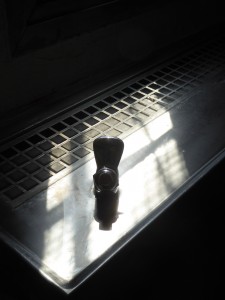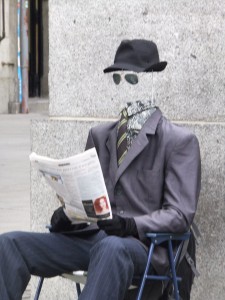
This book should have come with a personal trigger warning: Don’t read this book until you have recovered from reading “Educated” by Tara Westover. I found “Educated” to be a deeply disturbing book.
The fact that I could not stop reading the book even though I wanted to, is a testimony to how well the book is written. I had to see it through.
“The Land of Decoration”, like “Educated” is about a daughter in a family with extreme fundamentalist beliefs ***. In both books, I found the depths of the misery that such extremism lead to hard to read about. “In this book, the end of the world is at hand and life revolves around this fact. For motherless 10-year-old Judith, who lives with her father, there is no Christmas to celebrate. Birthdays aren’t celebrated either. Everything about her life sets her apart from the children at school, who bully her constantly. The neighborhood is derelict, the teacher at school has a drinking problem and there is a strike at the plant where her father works.
I wanted to airlift that child elsewhere, immediately.
But…
Judith is highly intelligent and blessed with a wonderful imagination. She created, out of odds and ends from what other people would call junk, an entire model of the town in which she lives. Judith called it “The land of decoration” and it is her escape from reality. It is she who narrates the tale, a child struggling to reconcile the different realities she is faced with. Her “voice” is riveting!
When Judith begins to talk to God and make miracles with her “land”, what begins with snow literally “snowballs” into a lot of trouble.
The author really makes sure the reader sinks into depths of misery, along with that poor child before finally rescuing everyone. I’ve been known to abandon books but, as I said, I had to see it through.
I don’t know whether to recommend the book or not…
*** This book is a work of fiction. “Educated” is a memoir.






